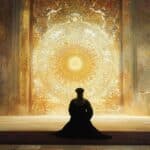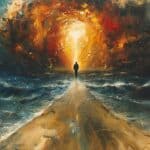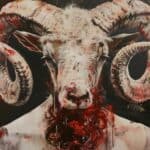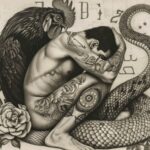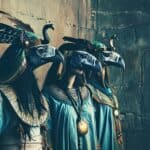
Elyon meaning “above” or “uppermost
A shepherd’s staff, symbolizing leadership, much like how Plato described gods in “Critias” as rulers overseeing their people like shepherds with their flocks.
Gods and goddesses have associations that align with the themes of Atlantis, such as oceanic power, ancient civilizations, and advanced knowledge.

12 Adityas in Hindu Mythology
The Adityas are the sons of Aditi, the primordial mother goddess, and Kashyapa, a sage and progenitor of many beings.
Oannes is typically described as having the body of a fish but underneath having the form of a man.
Melchizedek is portrayed as a high priest and a cosmic savior figure. He is sometimes equated with Jesus or viewed as a prefiguration of Christ
Elyon means “Most High” and is often used as a title for God to emphasize His supreme power and authority over all other beings and gods.

Principal deities of Hinduism
In Hinduism, the concept of principal deities is complex due to the religion’s polytheistic nature and the vast diversity of traditions and beliefs.
Nu, also known as Nun, is a deity in ancient Egyptian religion symbolizing the primordial watery abyss that existed before creation.
Baal worship spread throughout the ancient Near East, including among the Phoenicians, who took the worship of Baal to their colonies in the Mediterranean

Huang Di – The Yellow Emperor
The Yellow Emperor, also known as Huangdi, is a legendary figure in Chinese history and mythology
Abraxas a god with attributes and was depicted on ancient amulets often with the head of a rooster, the body of a human, and snakes for legs.

Enosh
Enosh, mentioned in the Hebrew Bible, was the son of Seth and the grandson of Adam and Eve.

Herculus
The most famous stories about Hercules revolve around the “Twelve Labors,” a series of seemingly impossible tasks he had to complete as a penance
The holy trinities in religious, mythological, or cultural contexts, represent complex ideas through a structure of three interconnected entities.


